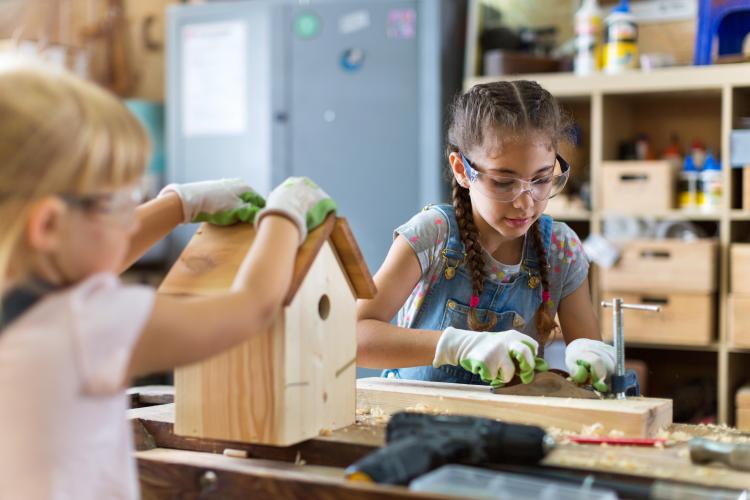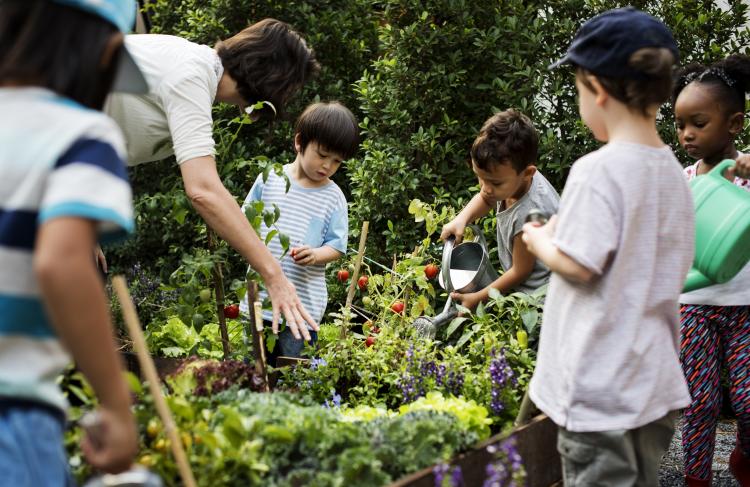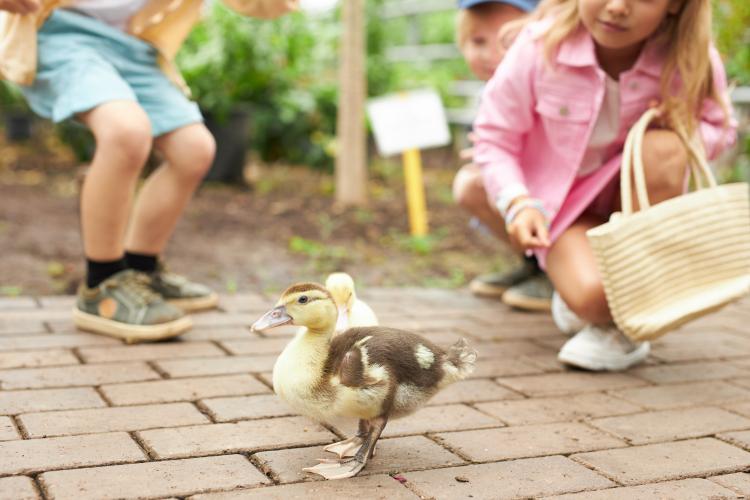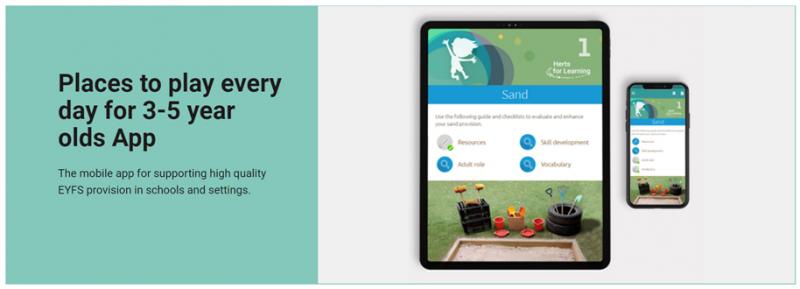One of the overarching principles in the statutory framework for the EYFS is that, “every child is a unique child, who is constantly learning and can be resilient, capable, confident and self-assured” (Department for Education, 2020). From the pioneers of early childhood traditions to the present day, early years practitioners have considered children holistically and have used children’s strengths and interests as their starting points when planning provision that will meet their needs most effectively. In other words, practitioners must begin with what children know and can do rather than concern themselves with what they cannot do (yet).
Sometimes, for varying reasons, it is more challenging to ascertain a child’s interests and to create provision that really engages and motivates them. Therefore it is essential that practitioners go out of their way to work out what is really going to ignite a child’s curiosity and enable them to demonstrate high levels of involvement in their play. Children’s interests, fascinations and curiosity motivate learning and when children are immersed in exploration and learning they are more likely to sustain practise, and leaning is more likely to ‘stick’.
Every child deserves their chance to shine. For children who are not yet able to engage in deep-level learning and who may be at risk of falling behind, settings really must consider the activity zones and range of resources that they have on offer so that they are truly accessible to all. Another principle of the statutory framework for EYFS is enabling environments where it is explicit that “the environment plays a key-role in supporting and extending children’s learning and development” (Department for Education, 2020). Periodically, practitioners should stand back and observe how the learning environment is being used. Try getting down to child height and notice what it is that can be seen. It might help to consider the following questions:
- are the activity zones engaging and inviting?
- are the resources carefully selected to meet children’s developmental needs, high-quality and open ended?
- are they visible and organised so that they are truly accessible to the children?
- have children been taught how to access the materials and equipment? Are they given sufficient time to play & explore them and to reset the activity zone once they have finished playing there?
Places to Play Every Day, which is now available to purchase as an app, is an invaluable resource that will help practitioners to effectively audit and organise their Early Years environment so that it invites learning across a range of contexts, indoors and outdoors.
There are many ways of enhancing the activity zones within your EY settings with resources linked to children’s interests or things that we want to entice children to engage with to learn new skills and knowledge. The positive, nurturing relationships with children help them to explore the provision and model ways in which they might like to use it.
However, if it is still proving difficult to get children interested in what’s currently on offer, it’s time to think about introducing some more novel provision to the setting…
In postulating his theory of multiple intelligences, Gardner (2021) suggests that people have a unique blend of intelligences and that our challenge as educators is to ensure that provision is “individualized and personalized” (p.72). So, let’s check that the activity zones we have on offer match with the unique blends of interests and ‘intelligences’ within each cohort of children that we are given the privilege to work with.
Some of the activity zones that are really going to motivate children who are harder to reach are overlooked or deliberately ignored because they may require a greater amount of planning and preparation, or they are sometimes perceived to carry a greater risk of danger to children. However, this shouldn’t be a barrier to setting up something that could make all the difference between a child either flourishing or failing to thrive. We’ve got to go the extra mile and work out a solution to potential barriers so that we get it right for every child.
Woodworking

Benefits:
- opportunities for children to problem-solve, experiment, persevere, concentrate and think critically
- opportunities for controlled risk, self-assess and make judgements
- increase self-esteem and confidence by being trusted to use real tools and gain pride and a sense of achievement in mastering them and accomplishing tasks
Risks to consider (a full risk assessment should be carried out and understood by all practitioners):
- can the zone be seen at all times?
- is their protective clothing e.g. goggles/gloves available? Are resources appropriate?
- have children been taught how to use the tools safely? Are there agreed rules in place?
Gardening

Benefits:
- opportunities to engage senses such as sight, smell and touch
- promotes healthy eating by seeing where food produce comes from
- teaches responsibility and patience as well as curiosity and fascination
Risks to consider (full risk assessment should be carried out and understood by all practitioners):
- have you recorded the type of plants/seeds accessible to children?
- have children been taught how to use the tools safely? Are there agreed rules in place?
- is there access to clean water for hand washing?
Cooking

Benefits:
- opportunities for children to be involved in preparing food encourages them to try new flavours and textures
- promotes hand-eye coordination and strengthens fingers and hands
- allows children to feel a sense of pride at achieving something complex
Risks to consider (full risk assessment should be carried out and understood by all practitioners):
- are you aware of children/adults with allergies in the provision?
- are hygiene procedures in place?
- is time planned to teach children to learn how to use equipment appropriately and safely?
Caring for animals

Benefits:
- allows children to develop control of their movements such as applying pressure
- helps children gain self-confidence and understand responsibility
- supports transition as they find comfort from caring for the animal
Risks to consider (full risk assessment should be carried out and understood by all practitioners):
- are you aware of children/adults with allergies in the provision?
- are appropriate hygiene procedures taught?
- have children been taught how to care for the animal(s) safely? Is there a shared understanding of the agreed rules by all staff? Is there time planned for these to be taught?
A huge benefit to introducing some of these activity zones into EYFS provision is the promotion of communication and language development. Consider the breadth of new vocabulary children will be exposed to as they engage in exciting hands-on experiences. There are numerous opportunities for purposeful mark-making, mathematical skill application and scientific investigation to enhance such activity zones so that children will be easily immersed in learning.
Whilst practitioners may be apprehensive about introducing a higher level of risk into their provision, where they have high expectations of their children it will raise aspirations and allow all children to progress and succeed.
References
Department for Education. 2020. Statutory framework for the early years foundation stage. Setting the standards for learning, development and care for children from birth to five. [Online]. Available from:
Gov.UK: Early Years Foundation Stage Framework
Gardner, H. (2021), The Disciplined Mind: What All Students Should Understand, Simon and Schuster (New York)
Blog authored by Jennie Ferguson and Andrew Boyes




